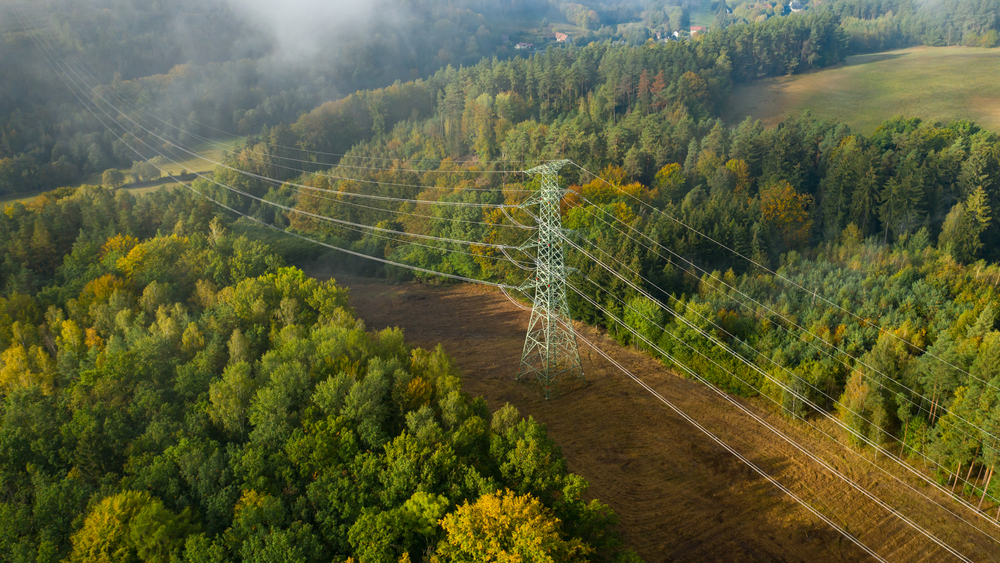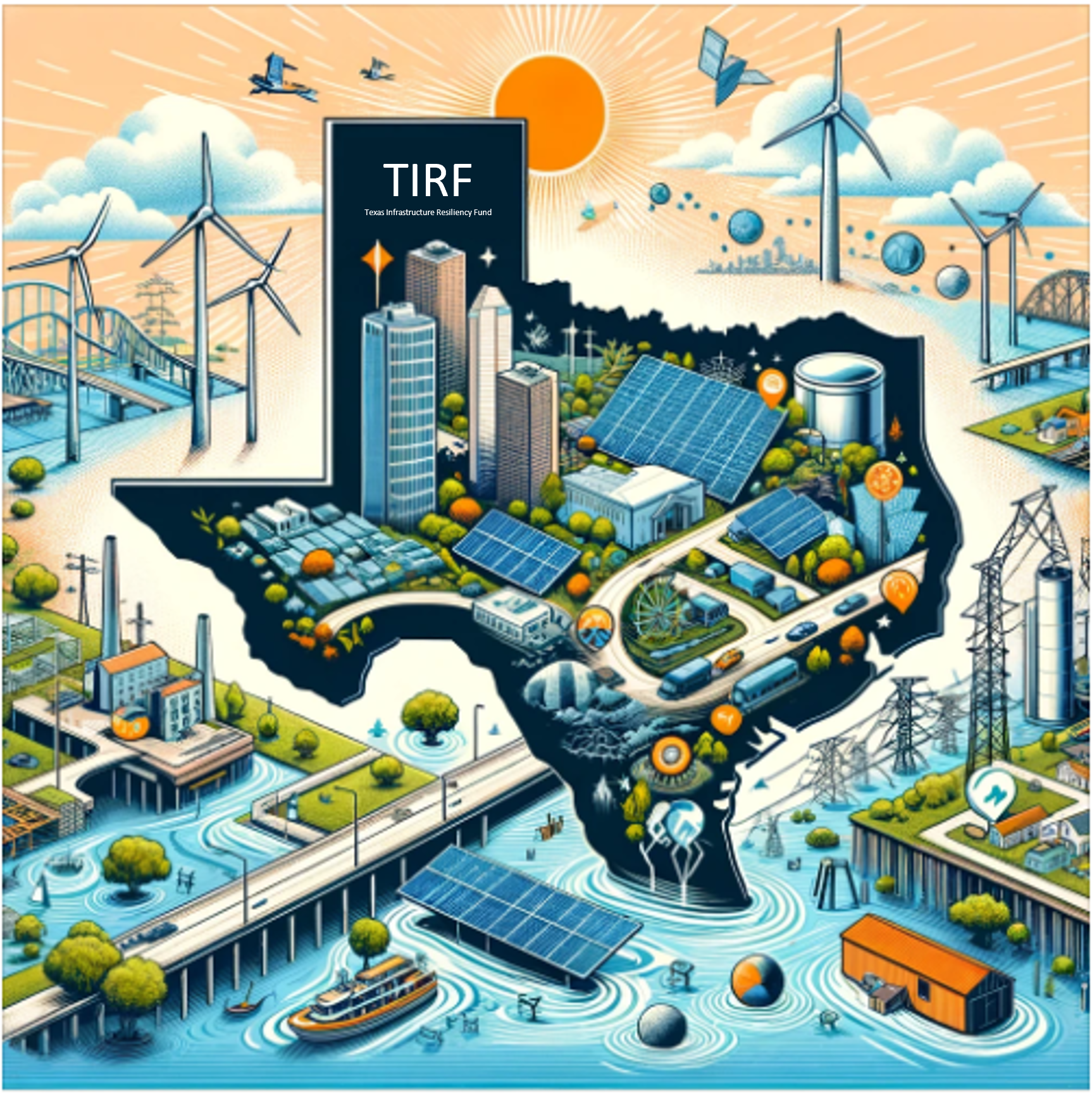Electricity Billing 101

The U.S. energy landscape is a complex system designed to ensure a constant and reliable power supply across the country. Understanding how this market works, particularly in terms of electricity billing, is essential for consumers and businesses – particularly those looking to reduce energy costs and shift toward sustainable energy solutions.
Electricity Market Basics
Electricity markets have four key components:
- Generation: electricity is produced using different sources, including solar, wind, natural gas, nuclear energy, hydropower, or coal. Both utility-owned generators and independent generators contribute to this phase.
- Transmission: Electricity is transmitted from power plants to distribution networks through transmission lines
- Distribution: this stage involves distributing the transmitted electricity to end consumers, including commercial or industrial facilities.
- Consumers: the final users of electricity who pay for their consumption based on real-time market prices or contractual rates.
Who Operates the U.S. Electricity Market?
The U.S. electric market is overseen by Regional Transmission Operators (RTO) or Independent Service Operators (ISOs). Each RTO or ISO is responsible for system operations and management in their region, as well as managing the open market for generation and capacity resources. The southeast, southwest, and northwest regions of the country are regulated markets where utilities own their generation and transmission. These regulated markets sometimes include federal entities, like the Tennessee Valley Authority. Other markets have wholesale generation markets where any generator can sell power into the market and purchase utilities from the market, fostering competition. For example, most of Texas is governed by the Electricity Reliability Council of Texas (ERCOT), which is an ISO that handles the flow of electricity for 24 million customers — or 90% of the state’s electricity load.
How Electricity Billing Works
Electricity billing is usually based on two concepts — the total amount of electricity used in the month (usage) and the peak amount of electricity used in any single hour (demand). Usage pays for the generation of electricity while demand pays for the transmission and distribution of the electricity.
Electricity is measured in watts (W) and its usage is measured in kilowatts (kW) and megawatts (MW). A single kilowatt is equivalent to 1,000 watts, while 1 megawatt is equal to 1,000 kilowatts, or 1 million watts. The amount of kilowatts used in an hour is referred to as 1 kilowatt hour (kWh).
When conceptualizing energy usage at industrial sites, if a facility uses 10,000 kW an hour, that means it uses 10,000 kWh or 10 megawatt hours of power. If it uses 10,000 kilowatt hours for 6 hours, it would use a total of 60,000 kWh. Usage can also have different prices for “on-peak” and “off-peak” times. On-peak refers to the time of day when energy consumption is highest, usually during the middle of the day. On-peak pricing may also be seasonal and only occur in the summer. Off-peak pricing generally includes nights, weekends, and sometimes, winter.
Typical billing components include usage, demand, and other fees like state taxes or energy fund contributions, depending on the area. To illustrate the price differences between on and off-peak times for usage in different seasons, consider this example. In the summer, a facility may have an off-peak usage of 9,000 kWh with a price of $0.04 per unit of energy at 7 a.m., making their energy costs $360. But once peak demand begins around 8 a.m., the facility’s usage rises to 9,250 kWh with an on-peak price of $0.08 per unit of energy, meaning that in one hour, the energy bill rises to $740.
As for demand, that same month a facility might have their electricity consumption peak at 9,000 kWh but if the price per unit is $6, that totals an off-peak charge of $54,000. For the same on-peak maximum energy use as above of 9,250 kW with a $12 price per unit means on-peak demand can cost $111,000. The highest peak of demand will drive this metric, not the total usage. This illustrates that a demand spike for even a short amount of time can have a huge impact on energy costs.
Unison Energy’s Role in Reducing Electricity Costs
Unison Energy’s on-site energy generation solutions can help clients achieve reliable, resilient power with lower electricity costs compared to full reliance on the utility, even during peak demand. A Unison Energy cogeneration microgrid can help clients reduce their electricity bills by 5-20% and reduce baseline emissions by 20-60% compared to the utility. The control system of a microgrid ensures that electricity generated on-site aligns with the site’s energy demand, providing power for essential functions while selectively disconnecting non-essential loads when required in a utility outage. With our Energy as a Service (EaaS) model, clients pay based on their energy usage, which is typically less expensive than the utility.
To learn more about how Unison Energy’s solutions can lower your electricity bill, contact us today.
Energy insights, delivered
Subscribe for more content.
Related Blogs

The Texas Infrastructure Resiliency Fund: Empowering Businesses with Onsite Microgrids
Unison Energy Overview: Powering the Energy Transition
Net Zero Carbon and the Silver Bullet